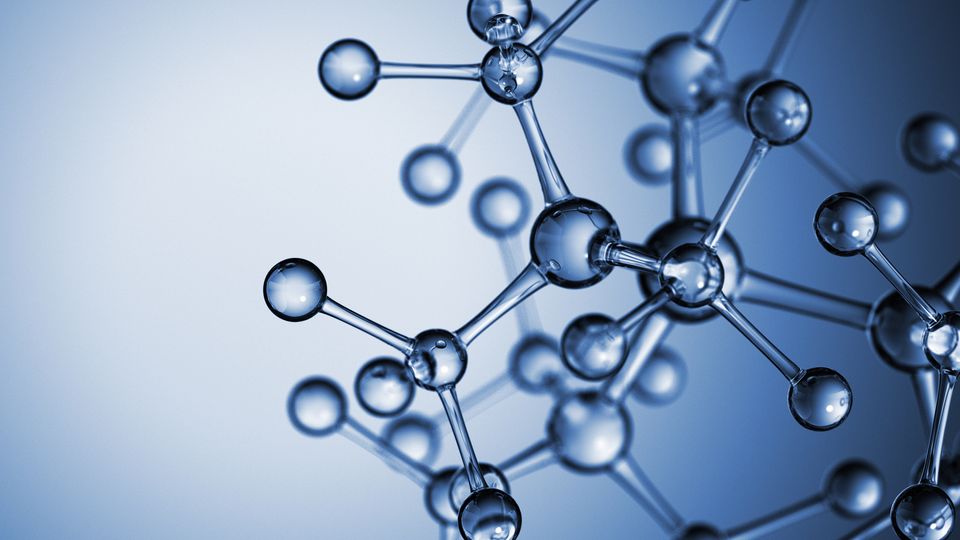Have you ever wondered why some animals are poisonous while others are not? It seems like a no-brainer that all animals would want to be poisonous to protect themselves from predators, but the reality is quite different. In fact, only a small percentage of animals are poisonous, and there are several reasons why.
Firstly, producing toxins is a costly process for animals. It requires a lot of energy and resources to create and maintain the necessary enzymes and proteins. Therefore, animals that are not threatened by predators may not see the need to invest in such a costly defense mechanism.
Secondly, being poisonous can also have negative consequences for animals. For example, some toxins can harm the animal itself if not properly regulated. Additionally, being poisonous can limit an animal's diet and habitat options, as some prey may have developed immunity to the toxin or may simply avoid the poisonous animal altogether.
Thirdly, non-toxic animals have evolved other defense mechanisms that are just as effective as toxins. For example, some animals have developed camouflage or mimicry to blend in with their surroundings or imitate a poisonous animal to deter predators. Others have developed physical defenses such as sharp spines or hard shells.
Finally, the evolution of toxicity is a complex process that requires specific environmental conditions and genetic mutations. Not all animals have had the opportunity to evolve such a defense mechanism, and some may have lost the ability to produce toxins over time due to changes in their environment or genetic makeup.
In conclusion, the evolution of toxicity in animals is a complex and costly process that not all animals have had the opportunity or need to develop. Non-toxic animals have evolved other defense mechanisms that are just as effective, and being poisonous can have negative consequences for animals. Therefore, the question should not be why aren't all animals poisonous, but rather how have animals adapted to survive in their respective environments.

